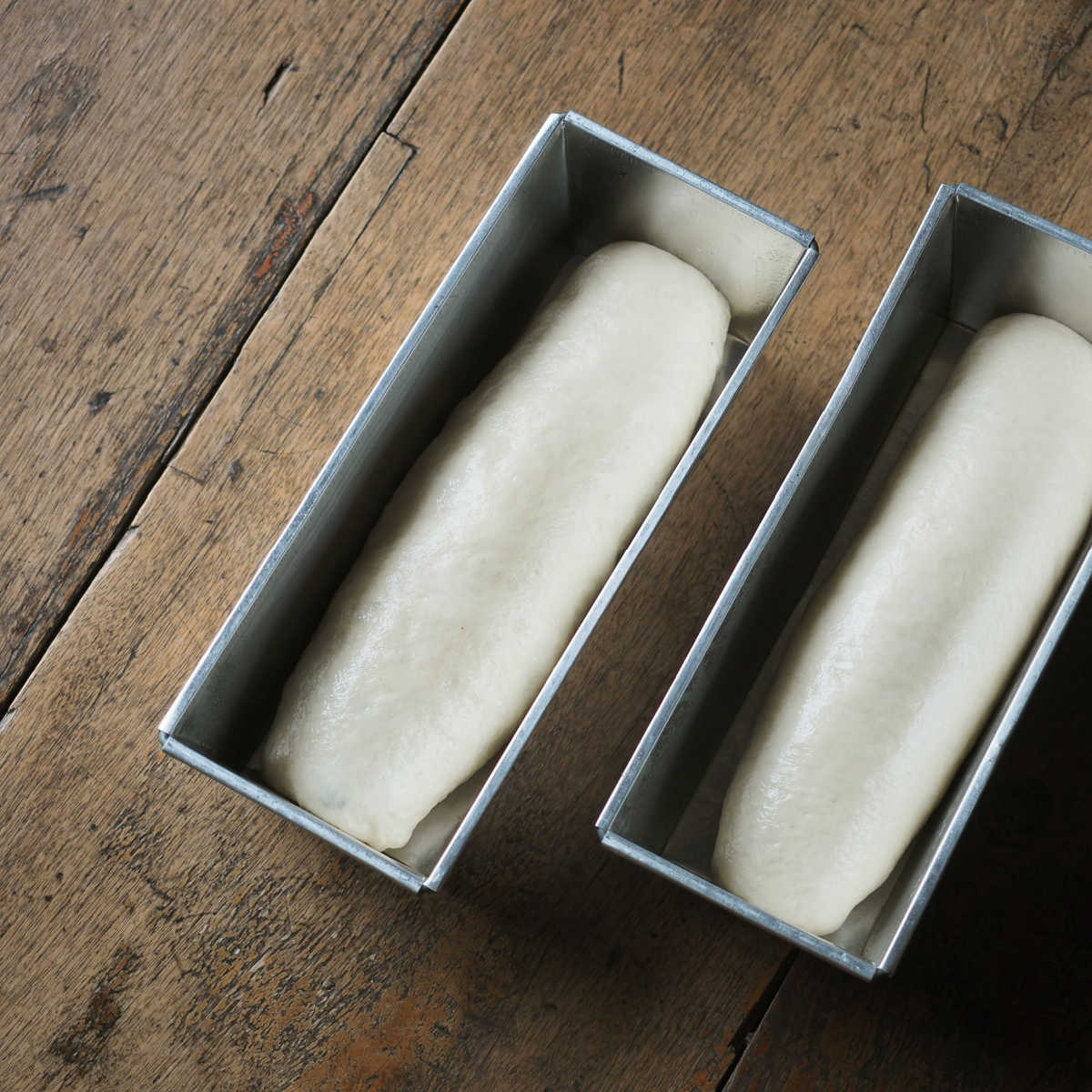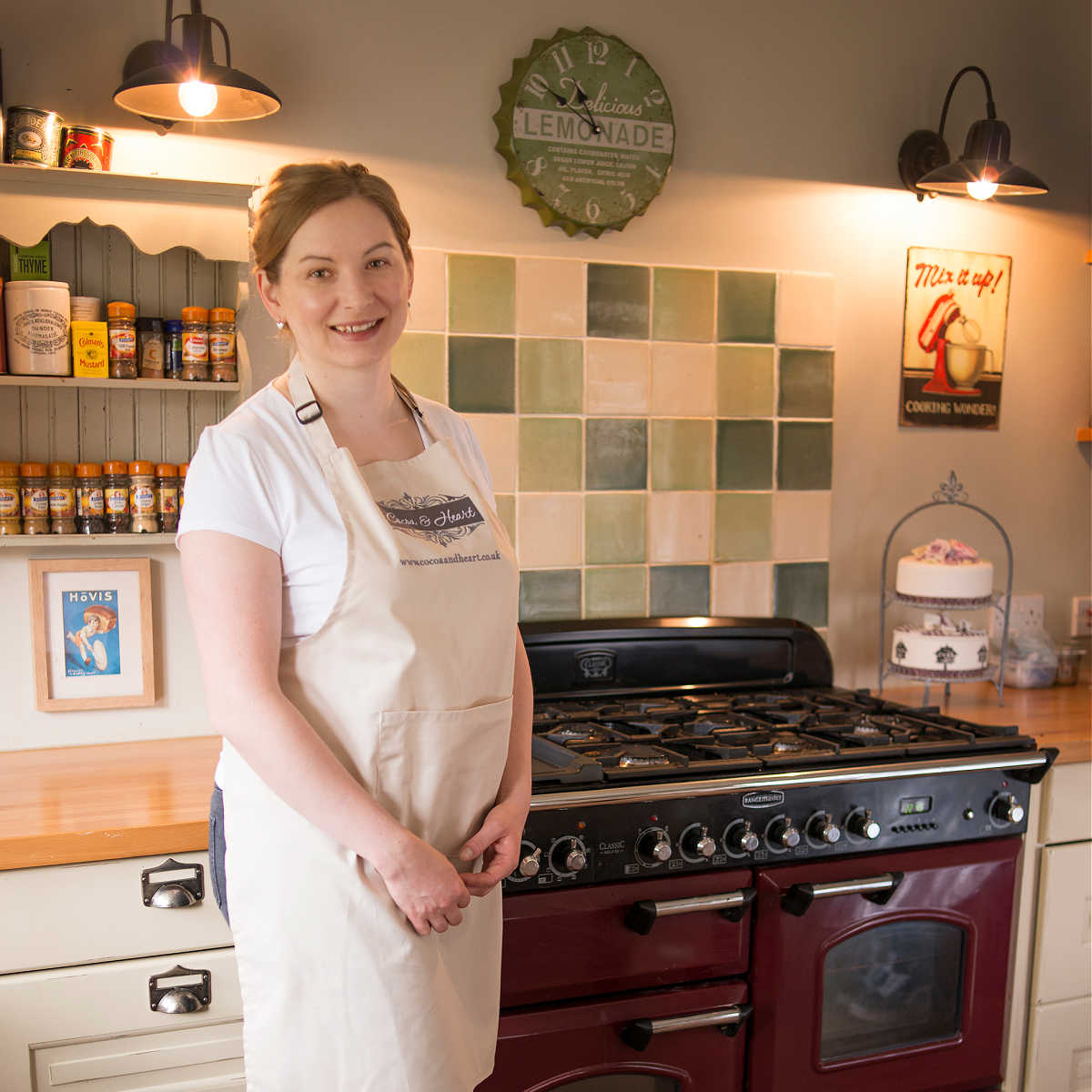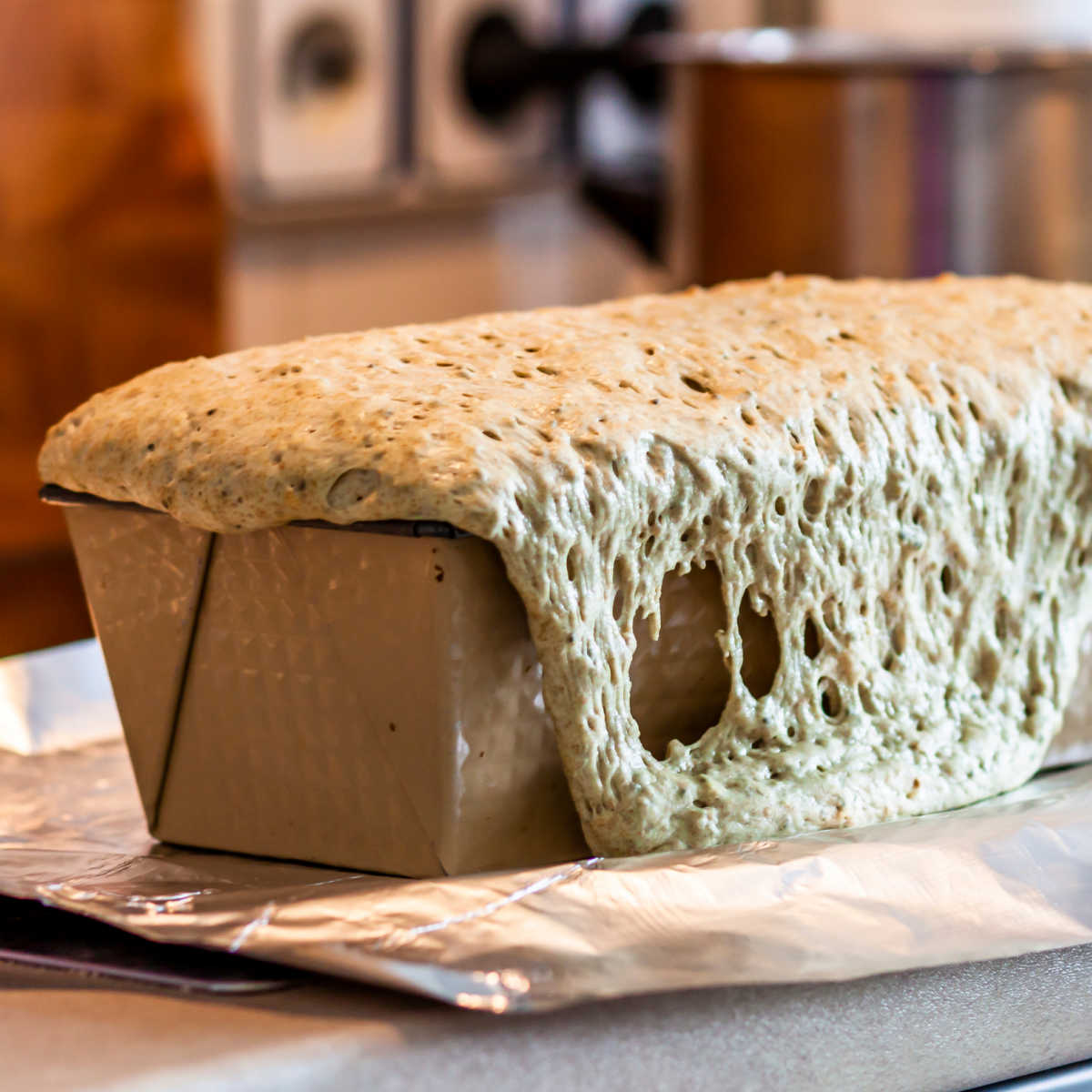Does Bread Continue to Rise in the Oven
Proving bread in the oven is a great way to help to rise your bread in the colder months or if you want to optimise your bread baking to the maximum and want to make your homemade bread a bit quicker.
There are essentially two methods of proving your bread in the oven. One involves putting the oven on a very low temperature for a short while and the other adding heat from external sources (such as hot stone or boiling water).
Depending on your situation, you might prefer one or the other method, based on what you have ready and how much bread dough you need to prove.
A quick explanation note
If you are reading my blog in America…it turns out that here in the UK we prove our bread whereas in USA you proof your bread.
Why prove bread in the oven
- Optimal temperature and humidity for your bread dough
- Takes less time than at room temperature
- Great for baking bread in colder months
- Compact space is easily used to reach the right environment for proving bread

How to use oven proving effectively for your bread baking
When I was baking a lot of bread for farmer's market and my customers, I always had to plan ahead to make sure that I maximised not only my time but also my bread baking equipment (oven, mixer, fridge etc.)
Speeding some bread proving by placing it in the warm oven, whilst slowing another batch of bread dough in the fridge and then leaving some dough prove naturally in the room temperature, allowed me to stagger my shaping and baking time, so that once I switched on my oven for the final baking, I could do a continuous bake and didn't waste any electricity (my double oven is electric).
You might not need to bake 30-60 breads for a farmers market, but it's still useful to know how to speed up your bread baking if you have less time on your hands.
READ MORE
- How to prove bread dough in the fridge overnight >>
- Reasons for bread not rising + tips how to fix it >>
- How to stop bread dough sticking to your hands when kneading >>

How to prove your bread in the oven – using hot water
This method is perfect if you want to prove your bread slightly slowly and gently. You don't need to switch on the oven, just use the enclosed space to create warm and humid place for your bread to rise.
- Place a large deep tray at the bottom of your oven
- Boil 1000 ml (1 ltr or 4 cups) or so of water
- Place your dough in a slightly oiled bowl and cover with a clean shower cap or cling film (make sure the cling film is oiled and not touching the bread)
- Place your dough in the middle shelf leaving plenty of space to prove
- Pour the boiling water into the deep tray
- Close the oven door
- Take the bread dough out when it looks like it's nearly doubled in size
This process shouldn't take more than 45-60 minutes for regular bread, but if it does, re-boil the water and pour it back in to ensure the oven is still warm enough.
Time saving tip
You can use oven proving for both first or second bread proving. Bear in mind that second proving normally takes less time anyway, so using the oven for second proving speeds up the rise even further.
MORE BREAD BAKING RESOURCES
- How to remove baked bread stuck in the baking tin >>
- Comprehensive guide to oven temperatures for all types of breads >>
How to prove your bread in the oven – using heated oven
This method is great to use if you've just baked something and you have a residual heat in the oven as the oven is cooling down. You can also create the heat by switching the oven on, but I usually utilise the heat from previous bake.
- Switch your oven on the lowest setting possible – usually 50-100C (120 F – 220F)
- Leave on for 3-5 minutes
- Switch the oven off (!!!!)
- Check that the temperature inside is not too hot (23-30C or 90 F max). If it's too hot, just open the door for a bit.
- Place your dough in a slightly oiled bowl and cover with a clean shower cap or cling film (make sure the cling film is oiled and not touching the bread)
- Place your dough in the middle shelf leaving plenty of space to prove
- Close the oven door
- Take the bread dough out when it looks like it's nearly doubled in size
If you think that the oven has cooled down too much, switch it back on for 2-3 minutes and switch it off again.
Continue until your bread has doubled in size, but make sure that you don't leave the oven on for more than a few minutes at a time on very low heat.

How to make sure you don't overprove your bread in the oven
Make sure that you check your bread dough often
The oven proving method is a lot quicker than leaving bread to prove in a room temperature (especially in the winter). This means that you will need to check your bread dough more often (say every 15 minutes) to make sure that you don't over prove your bread.
Remove the dough from the oven well ahead of baking time
This is something that I've noticed not a lot of people share, but you have to be careful about not over proving your bread towards the end of your oven proving.
You will need to take out the bread in good time, to allow the oven to reach the baking temperature (and then add the bread back in).
Depending on how long it takes for your oven to reach the right temperature for your bread, you will need to take out your bread from the warm oven about 10-15 minutes before it needs baking.
The bread should be slightly under doubled in size. This will allow you to switch on the oven properly and heat the oven to the baking temperature, before the bread rises too much.
The bread will continue to prove even if you take it out of the warm oven and place it on a colder kitchen counter. The residual heat inside the bread will continue to work it's magic and carry on proving the bread.
MORE PREAD BAKING RESOURCES
- How to stop bread from crumbling (GF) >>
- How to best store bread and stop it from going mouldy >>
Extra baking tip
Please don't be tempted by leaving the oven for too long or increasing the oven temperature beyond the safe 33 C or 90 F.
This will not make the proving quicker, and it will also ruin your bread dough. When the bread dough is too hot, the yeast does initially work quicker, but then it uses it's life too soon and you'll end up with a collapsed bread. The yeast need to work fairly slowly and be still active when it goes into the oven for the first 10 minutes of the baking.
If you do want to experiment with faster proving on a slightly higher temperatures, you'd need to add more yeast than the recipe indicates (about double). The bread will rise a lot quicker, but it should still have enough active yeast to allow you to bake it.
This blog post was originally written on 6 December 2021 and last updated on 22 October 2022
Source: https://yumeating.com/proving-bread-in-oven/
0 Response to "Does Bread Continue to Rise in the Oven"
Post a Comment